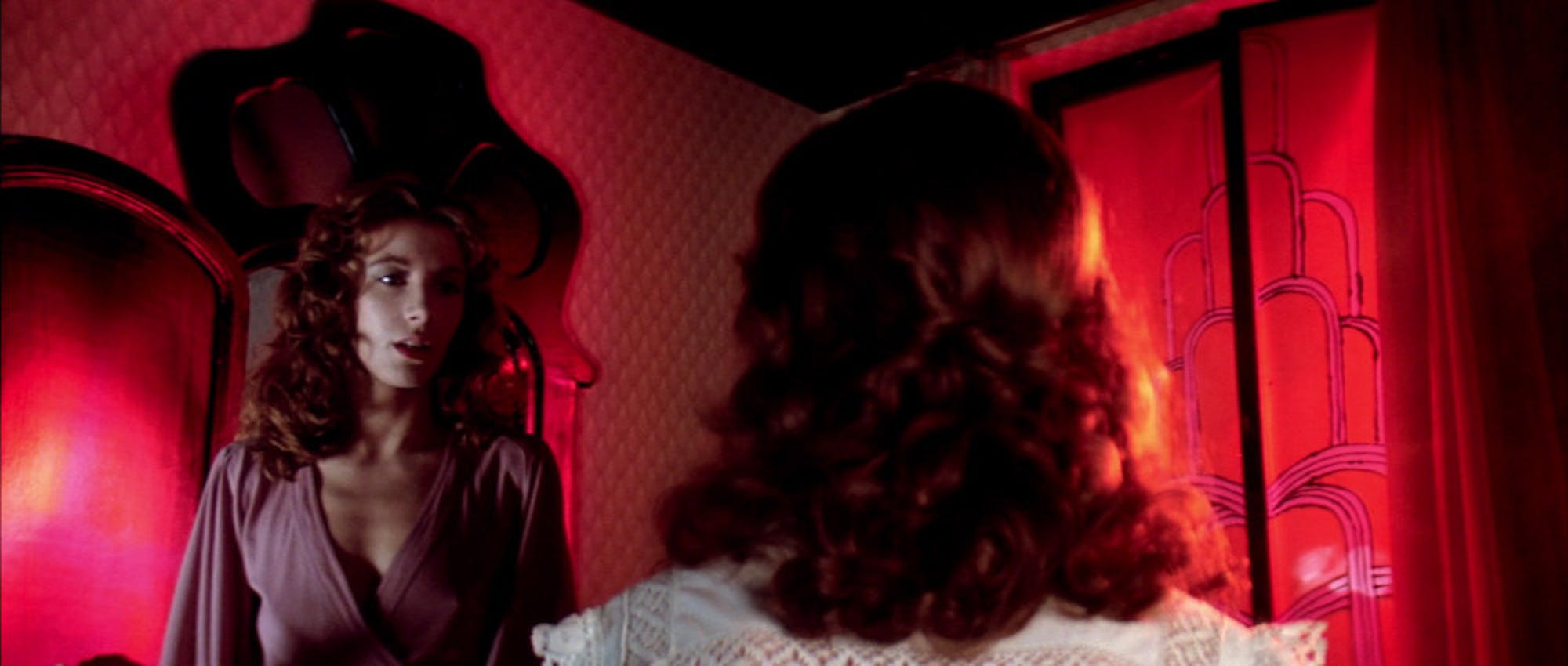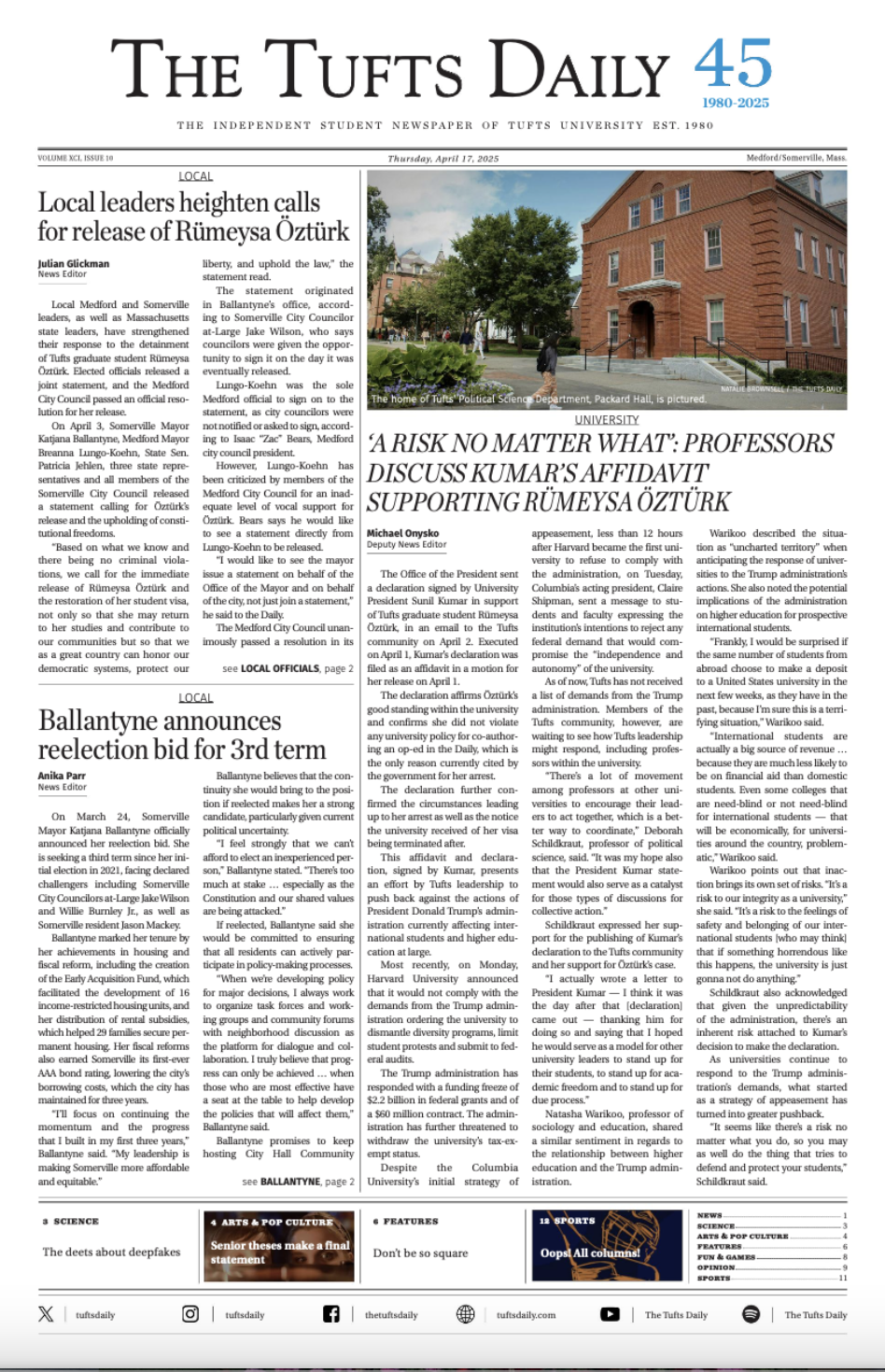Blockbuster horror movies in recent years have been undeniably political. This is the case with "Get Out" (2016), in which Jordan Peele explores a swath of current sociopolitical issues including anti-black racism and police brutality in the US. Both "The Purge: Election Year" (2016) and "The Handmaid’s Tale" (2017-present), the Hulu series based on the Margaret Atwood novel, depict dystopian futures that feel dauntingly plausible. However, this has not always been the case with the horror genre. Italian filmmaker Dario Argento attempted to do the exact opposite in his "Suspiria" (1977), in which he used Gothic architecture and unnaturally colored lighting to transcend modern life and every semblance of reality.
"Suspiria," which was released in Italian theaters in 1977, turns 40 this year. On the occasion of the classic's anniversary, Italian director Luca Guadagnino announced he is filming a remake set to premiere by the end of the year. The cast includes Oscar-winning actress Tilda Swinton, as well as American stars Dakota Johnson and Chloë Grace-Moretz.Jessica Harper, who played the protagonist role in the original version, will have a cameo in the 2017 movie.Guadagnino has stated that his remake, unlike Argento’s "Suspiria," will be a much “darker” horror, and that the plot will develop around themes of guilt and maternity.
The original "Suspiria" tells the story of American ballerina Suzy Bannion (Harper). Suzy decides to move from New York to Freiburg, Germany to attend one of the most prestigious dance schools in the world, the Tanz Akademie.The night she arrives at the school, she witnesses a very distressed dancer blabbering something incomprehensible while running away from the building (Argento presents the other dancers as puerile yet sexualized, not an uncommon characterization in horror). In the days following Suzy’s arrival, several people affiliated with the academy are murdered, and the American ballerina becomes increasingly convinced that her instructors are witches.
The film's plot is an undeniable afterthought to its visual elements, which are responsible for its position as a cinematic masterwork. What was truly innovative of Argento was his use of primary colors and Gothic settings as a visual metaphor for utter transcendence from reality. This is most evident in the opening scene of the film, when Suzy lands at the airport in Freiburg. In the arrivals terminal, the lighting is normal with no detectable filter on the camera, but as soon as Suzy exits the airport, strong blue, red and yellow lights permeate the atmosphere. This change is also highlighted by Argento’s choice to focus on the mechanism of the automatic door, which eerily clanks shut, evoking a guillotine.
The strong lights act as warning signals throughout the film, often appearing right before a character is murdered or when the teachers/witches make an appearance. Although the red lights do act as a sort of premonition for the audience, signaling the presence of evil,some critics have argued that the lights are the embodiment of evil itself. "Suspiria" was also chronologically one of the last productions to purposefully utilize Technicolor, which makes primary colors acquire flatter and more vibrant qualities.
The dramatic German-Gothic setting of an Italian film starring an American woman heightens the atmosphere of unreality, a dark fairytale uninterested in verisimilitude. Not only does the Gothic architecture abstract the characters from reality, it also acts as another tool of foreshadowing. The building in which Pat’s (Eva Axén) friend is killed by triangular glass shards presents intricate geometrical motifs throughout that anticipate the girl’s death. Argento also draws a connection between Gothic architecture and the witches of the dance school — when Helena Marcos dies, the academy explodes with her, suggesting that the building was almost like an organism kept alive by the witch.
It will be interesting to see how many of the focal points of Argento’s original Guadagnino will keep or draw inspiration from for his "Suspiria." Guadagnino has a tough legacy to follow, as Dario Argento has helped to redefine the artistic value of horror movies and set a precedent for future masterpieces of the genre. His films, "Suspiria" in particular, are a must-see for retro horror fans craving the otherworldly.
Legendary Italian horror 'Suspiria' turns 40 as remake is announced

Tibetan Prayer/Wikimedia Commons





